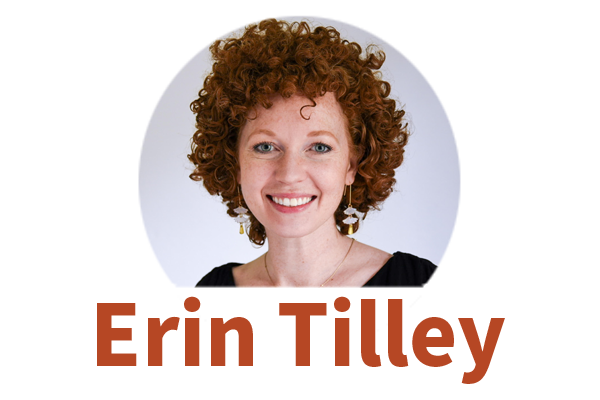The creative field is often seen (and experience by clients) as a black box; inspiration and ideas come from everywhere and luck seems to pay a large role. Operating and measuring the success of a creative consultancy by both creative and business standards is a challenge.
IDEO is an icon, one I look up to and follow. If you've never looked at their job boards, I encourage you to...and not just to find a role that fits. IDEO weaves thoughtfulness into everything they do, including the hiring process. Often, they include a "pop quiz"--thought provoking writing prompts--to respond to in your application. I ran across this one recently:
"What are the top 5 metrics you’d track in a creative consulting firm and why? (Bonus points if you provide something visual that helps tell the story!)"
An interesting challenge, both from a business and visual standpoint. I accept.
Defining the success of creativity means putting structure to what inherently seeks to break and create new structure. Creativity requires cross-pollination and new insights, and it thrives in a place where goals are high and mental play is rewarded and protected. But the ultimate success of a creative consultancy depends on the unique value provided to clients and financial gain.
FINANCIAL
At the root of any business, there is a need to make money. The dimension added by the nature of a creative consultancy is that risks need to be taken and should be central to the deliverables of the firm.
Metric 1: Risk/Reward ratio
How much do you invest and what is the financial outcome? The goal is not necessarily to maximize the ratio, as to do new and more creative groundbreaking work will mean you want to make sure you do take on risk, but to remain a positive number. Earning a negative ratio would mean you are taking on too much risk for the company and would be a major flag for business strategy. On the other side, too high of a ratio can indicate not investing in risks and compromising the creative output and culture of the consultancy. This can be supported by tracking the dollar delta of risk investment to overall revenue.
In the diagram, the goal is for projects to fall into the right two quadrants more times than not.
PEOPLE
The business of creativity is dependent on a culture of people who feel safe enough to take risks and are motivated to grow. What this culture usually translated to is people who feel supported to stay with a company for a longer amount of time and the willingness to expand skills and take on new challenges.
Metric 2: YoY Growth/Tenure Ratio
Measuring this indirectly through how long people stay with the company and how they grow in job scope (horizontal or vertical), project budget and scope (if a client), or project collaborations (if a partner). Mapping each to a simple graph, the majority of people invested in your company will show growth with tenure. This would be most valuable looking over time.
Metric 3: YoY Investment in People vs. Investment by Client
Additionally, growing your financial employee investment through rewards, training, or hiring should be kept aligned with how much investment clients make through business with the company. Initially, there will be a higher investment in people to gain clients, but as clients are established, this delta should broaden. However, too broad and you may begin to compromise the creative culture—if people do not feel cared for or share in the company’s success.
BUSINESS STRATEGY
Understanding where you play as a company, where you could and how you are set up for deriving creative insights helps to inform with whom you partner and who you hire or pursue as a client. Maintaining a culture of creativity and output strongly correlates with cross-pollination of industries—doing so is also important to gaining exposure to possible new clients. Visualizing this through a web of interaction can help to bring out a couple key indicative measurements.
Metric 4: Industry-tied YoY investment vs. revenue
In which industries do your people have expertise? In which industries do your clients operate? Understanding the people investment per industry you have and where you are gaining client dollars can show which industries you have potential to work in and how you are growing/declining your presence in each industry.
This visual can help in showing where you already have talent with experience and may be able to grow a client base, as well of where clients reach out and you may need to grow partnerships or talent.
Metric 5: Cross-pollination project node/industry spoke ratio
To help drive towards cross-pollination and leveraging experience or partnerships in other areas to help with creative insights to client challenges, tracking how many industries are involved in the solution for a client’s project is useful. Low-creative or highly streamlined projects may have one spoke for their project node—that being connected to the client’s industry. However, larger and more complex projects may benefit from analogous research, expertise, and partnerships. By tracking these and increasing the project node spokes to other industries, you will increase the ratio and with it, your experience and exposure to other industries and potential clients.
You'll notice I did not include awards or publicity as one of the top five key metrics. Awards are wonderful and should be sought after, and ultimately the effort will have an impact on the kind of clients and type of projects you win.
"How successful are we?" It's a simple question with a not-so-simple an answer, but the beginning of a deliciously complex creative challenge.
